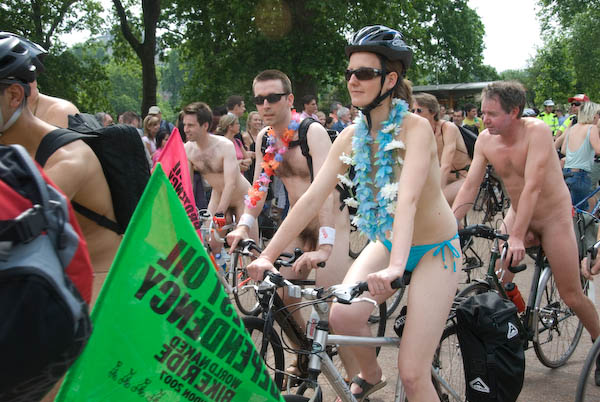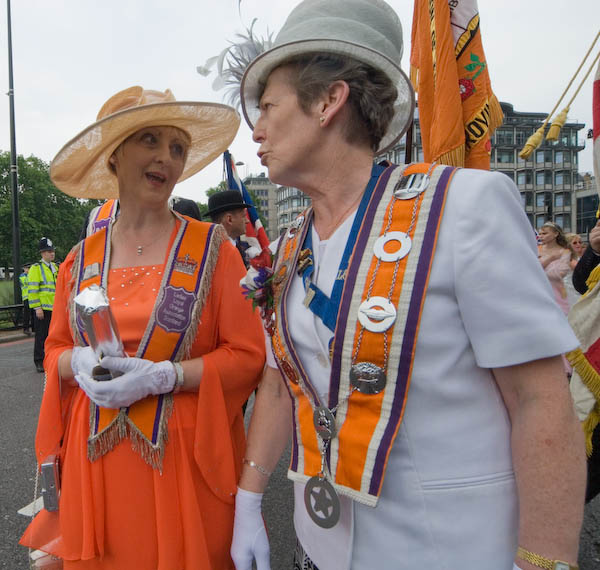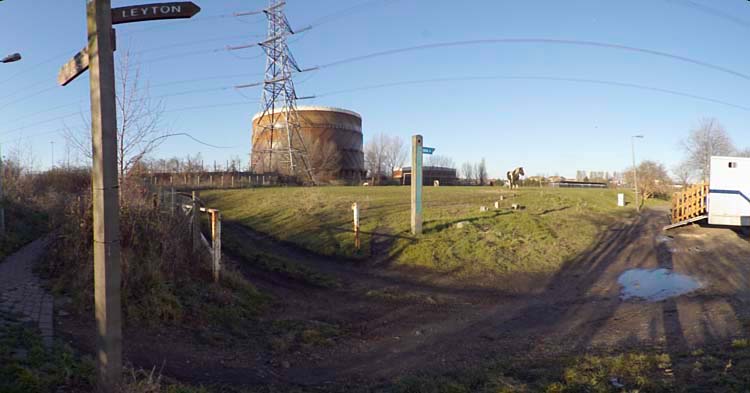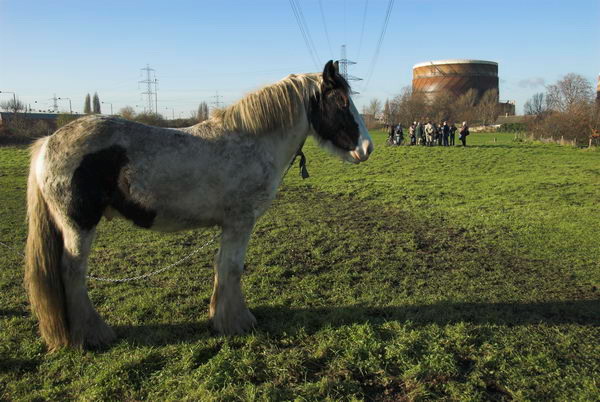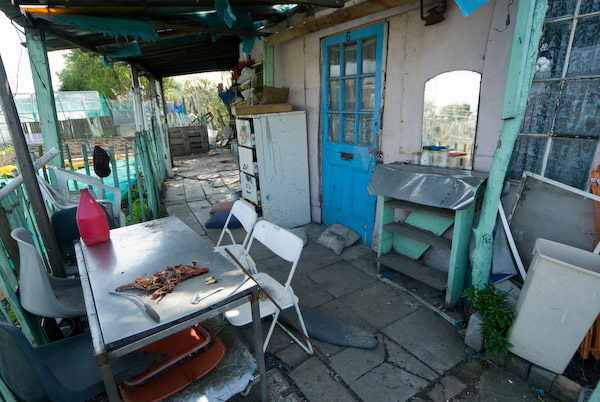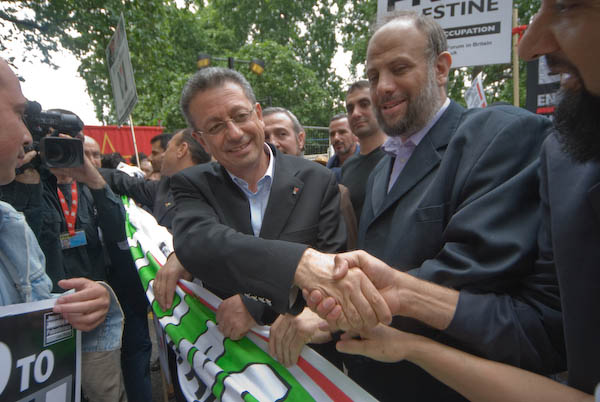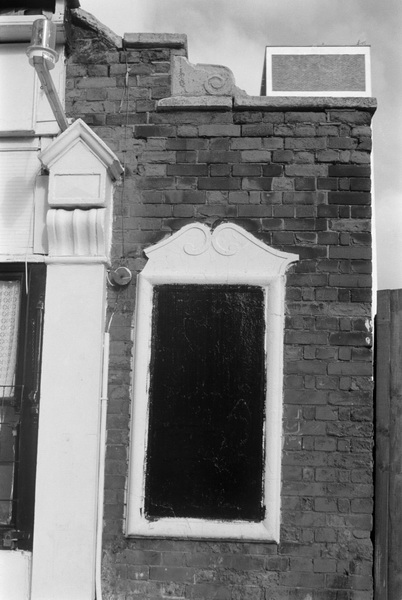11 Carlton House Terrace is an impressive Nash building from around 1830, designed as a scenic backdrop to St James Park and grand enough to have been home for two prime ministers, Lord Stanley and William Gladstone as well as William Crockford and the Guiness family. Inside it has an impressive double staircase and some formidable public rooms. The Foreign Press Association has been here since 1946, and in 2006 Gabriele ‘Kash’ Torsello was awarded the FPA’s Premier Award, the ‘Dialogue of Cultures’. After his release (see below), Kash was at a low ebb, and this recognition of his work was important in giving him the will to continue with his Afghan project. The interior of the building is hung with large banner prints of some of his powerfully empathetic images, in the first of a series of exhibitions to be announced shortly at the venue. Kash’s show is the launch of a larger exhibition in southern Italy, where as ‘Staramasce’ 30 huge photographs will be hung throughout the summer, one in each of 30 public squares in Lecce province, together with an exhibition of all 30 in the Lamarque Museum.

The balconies of Carlton House terrace overlook The Mall
It was a beautiful evening, an unforgettable venue and there was good Italian wine and very likeable Afghan-style food, and I met and talked with many interesting people – including most of those in the panel of speakers, half of which is shown below.
I first met Kash at an NUJ party last year, unmissable with his beard, dark clothing, warm and intense manner and a battered film Nikon, and talked to him about his work in Kashmir. A few days later, the book he promised to send me, his ‘The Heart of Kashmir’ (2003) arrived; I was impressed and published a short note on him and his work on About.com in July 2006. Heart seemed a very appropriate word, for this was work full of passion by a man whose heart was very much into his photography and his closeness to the people he lived with and photographed. As well as the pictures, its short texts gave a very real insight into the problems of working in such situations.
It came as a shock to read last October of his kidnap in Afghanistan. More so because he was someone who lived among and worked for the people, and worshipped with them as a fellow Muslim. I was pleased to be a small part of the worldwide campaign for his release, both through About Photography and also with links to the note I’d written previously from other sites, including the NUJ.
And of course we were delighted with the news of his release after being held for 23 days. But it’s important to remember that he was only one of many journalists and photographers who has suffered, and many die recording events around the world. According to Reporters Without Borders, one of several organisations that keeps such grim records, 84 journalists were killed in 2006, and halfway through 2007 over 50 journalists and media assistants have been killed, and 130 imprisoned.
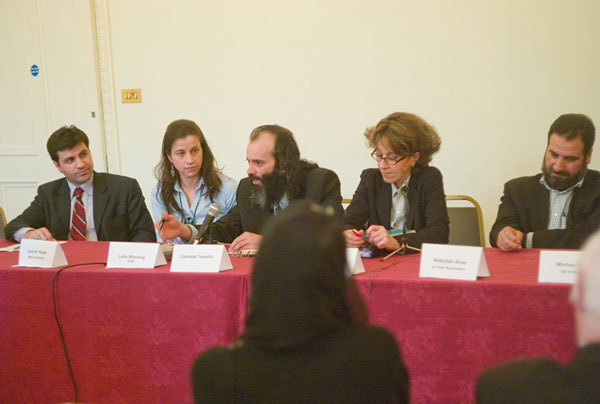
From Left: Farid Popal (Afghan Embassy), Leila Blacking (ICRC) Gabrlele Torsello, Nazenin Ansari (FPA President), Abdullah Annas (ex Arab Mujahidden)
The panel of speakers included Leila Blacking of the ICRC, which had the same day released its press release, ‘Afghanistan: Insecurity spreads amid escalating conflict’ giving a bleak view of the situation there. The Red Cross’s view was largely dismissed by Farid Popal of the Afghan Embassy, and an equally complacent view came from the US Embassy representative.
Reporting here from Afghanistan is limited – despite the determined and hazardous efforts of many of our colleagues, including Kash and a number of his friends also at the opening. The ICRC views are based on their 20 years continuous working in the country and note the deteriorating military situation and the problems this creates for development work and the increased need for emergency assistance. Almost two and a half thousand people were detained by Afghan authorities last year in connection with the armed conflict over the past year, and there is a general lack of security in the south of the country leading thousands to abandon their homes in both rural and urban areas.
Blacking spoke impressively and responded openly to questions from the floor as well as in private conversations later. Listening to the diplomats, both very likable men, it was impossible not to remember Sir Henry Wooton’s comment (made in Latin almost 400 years ago) that “an ambassador was an honest man, sent to lie abroad for the good of his country.” Unlike English, Latin allows no ambiguity about the meaning of the phrase.
I also thought about events of the nineteenth century, and the great images brought back by Baker and Burke as they travelled with the British Army, whose opinion of the campagn there is encapsulated in rhyming slang. To Kipling the Khyber Pass might have been “a sword cut through the mountains“, but the troops saw it differently. Perhaps after some 200 years, ‘The Great Game’ is now coming towards its end game.
Journalists are coming under increasing pressure, and both Afghan and US responses where chilling, with the clear implication that those who went into certain areas were just asking for trouble – and deserved what they got. Why, asked the guy from the US, only slightly more circumspectly, won’t journalists go and write nice success stories from the places in Afghanistan where we would like them to go?
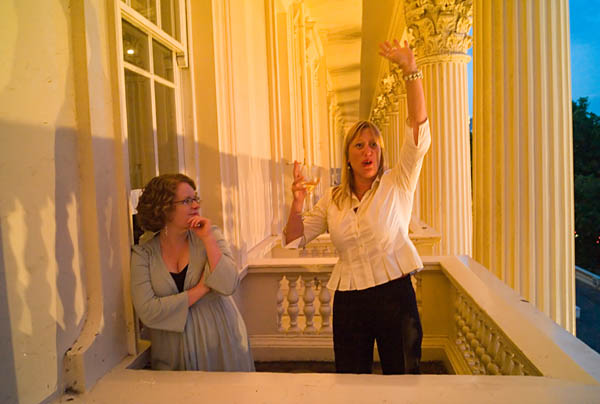
We were joined on the neighbouring balcony by people from the ICA.
